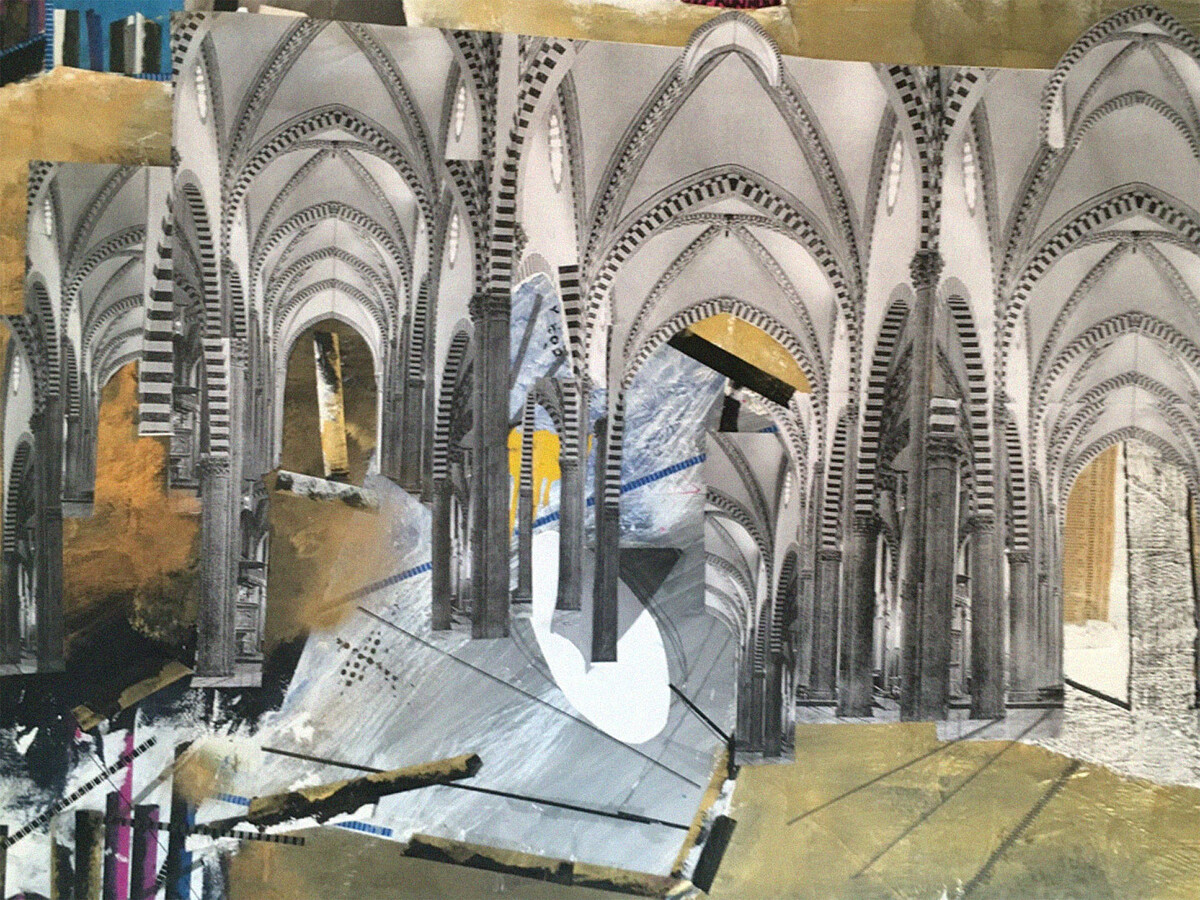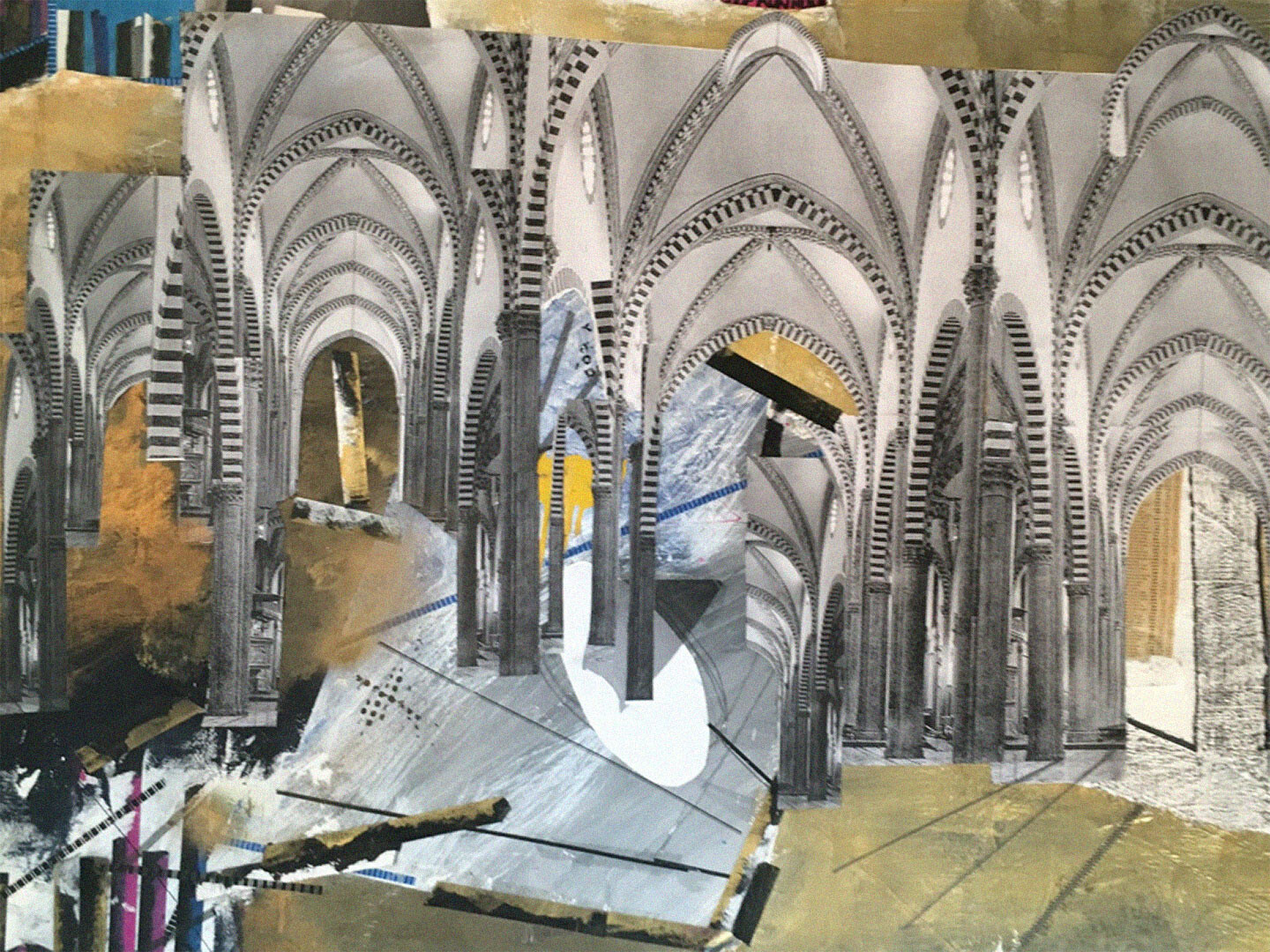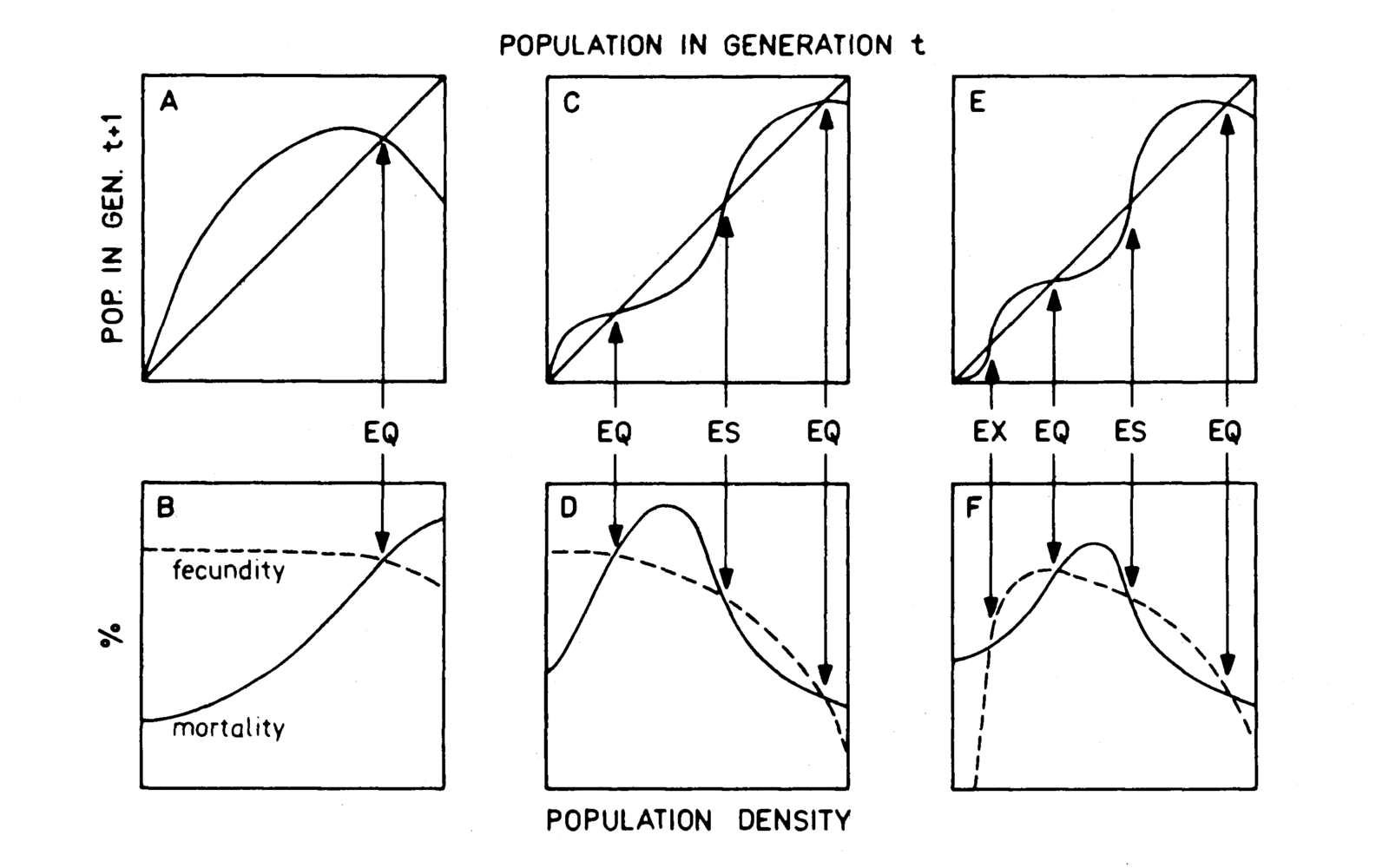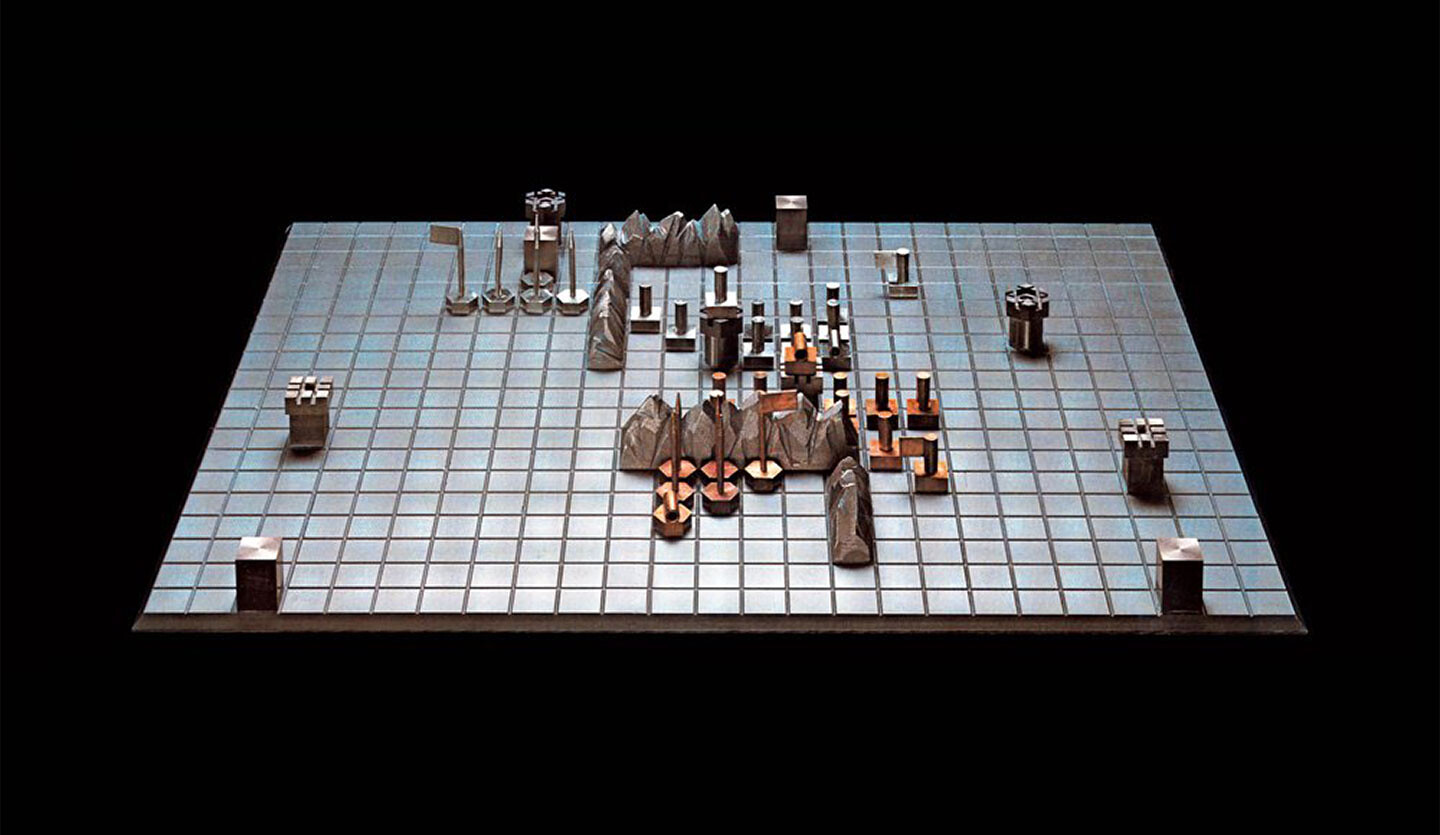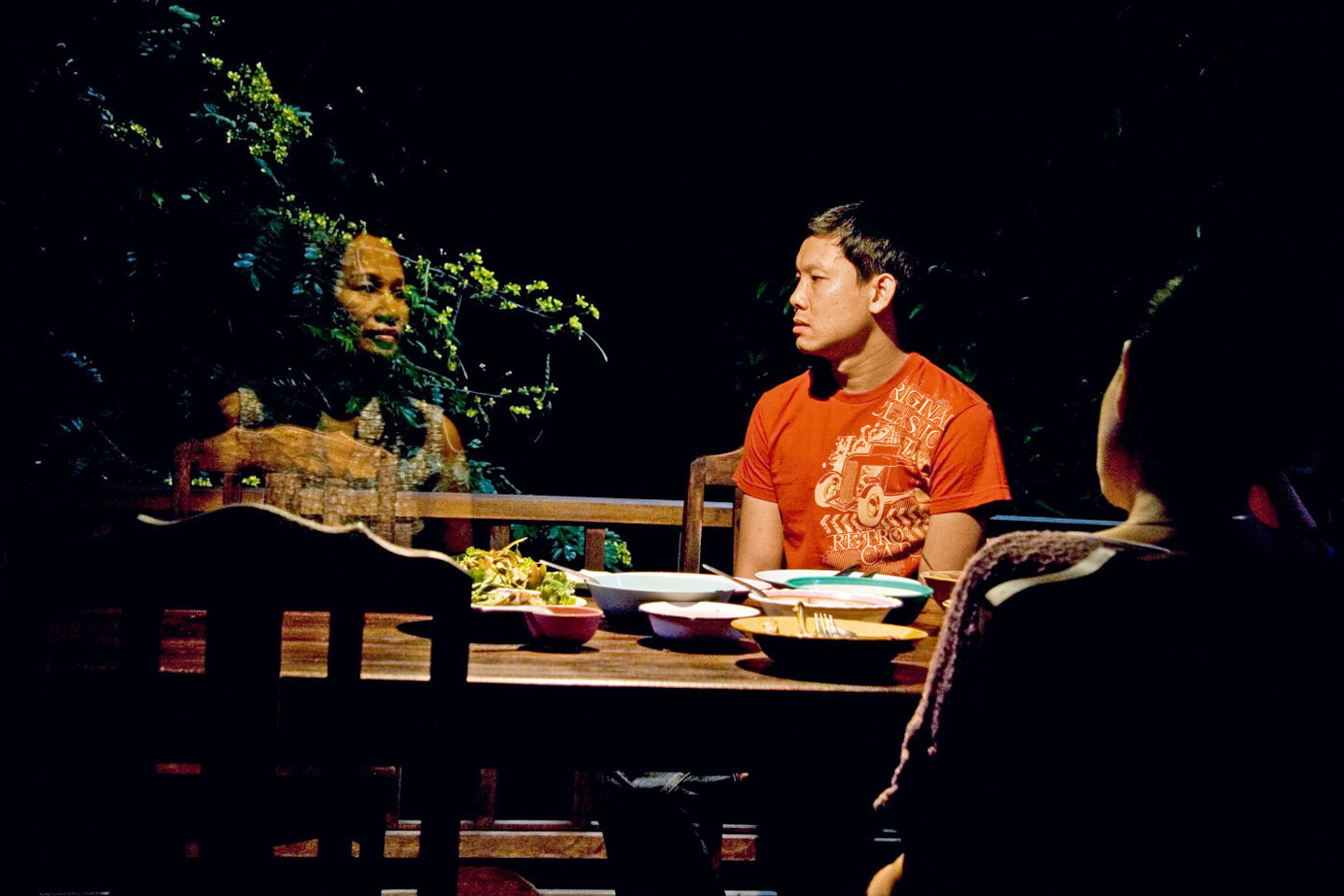But a bird in flight has no idea of the shape of its flock. The idea of a flock emerges from creatures that are completely unaware of their collective form, of its size and formation. A bird that joins a flock is blind to the grace and cohesiveness of the geometries of flight. After their flash action, those kids return to their daily activities. They do their homework and curl up in front of the TV to watch a reality show. The brain of a bee can remember things for six days, but the beehive as a whole has a memory of three months, which is twice the average life span of a bee. Ah, I forgot—producing a single spoonful of honey takes the entire life span of twelve bees. Think of that the next time you spread honey on a piece of toast. Think of it, my friend.
Pathologies


The current pandemic perceptibly expresses the viral as a socio-psychological event, driving all forms of
psychosis and panic that amplify biological contagion but also, and importantly, drives the simultaneous
emergence of manifold forms of social solidarity. As psychosocial contagion spreads through
communication networks, hashtag virality amplifies both segregative fascism-paranoia and expansive
anarchy-schizophrenia; in doing so, it provokes questions concerning vectors of potential
transformation. As the virus exposes the fragility of foundational (and often invisible) infrastructures—from
the supply chains of just-in-time production, to socioeconomic imparities, and discordant divisions of
governance—will somnambulistic notions of accumulation be significantly rattled to instigate radical
socio-ecological transformations?
This reader speaks to the relationships of virality and ontology. In amplifying existing tendencies of policy
and behavior, will this moment be approached as an occasion to transform the relations of a nearly
extinct Anthropocenic subject?
There is a flagrant imbalance between the war machines of Capital and the new fascisms on the one hand, and the multiform struggles against the world-system of new capitalism on the other. It is a political imbalance but also an intellectual one. Our first thesis is that war, money, and the State are constitutive or constituent forces, in other words the ontological forces of capitalism. The critique of political economy is insufficient to the extent that the economy does not replace war but continues it by other means, ones that go necessarily through the State: monetary regulation and the legitimate monopoly on force for internal and external wars. To produce the genealogy of capitalism and reconstruct its “development,” we must always engage and articulate together the critique of political economy, critique of war, and critique of the State.
If it is true that the individual is caught in a circle of continuous undulation between enslavement and liberation, trapped in the paradox of simultaneously being her own master and slave, can learning from the logic of the machine provide a path for a new, alien beginning? And if it is true that instrumentality as such has developed its own logic through the evolution of machine complexity, shouldn’t we attempt to think the instrumentality of the post-cybernetic individual beyond the dualities of means and ends?
